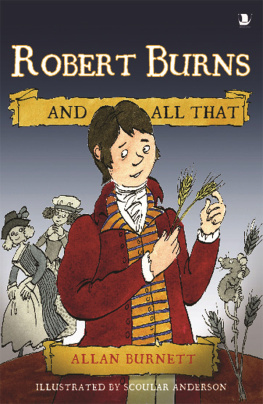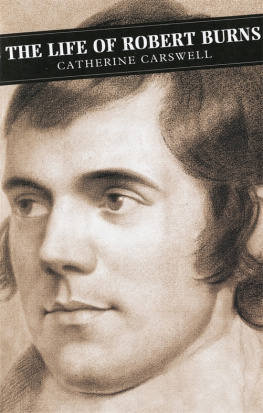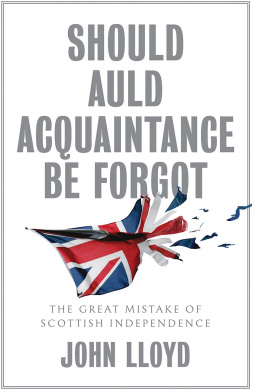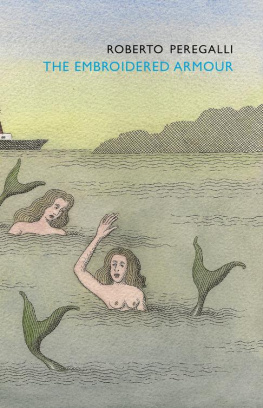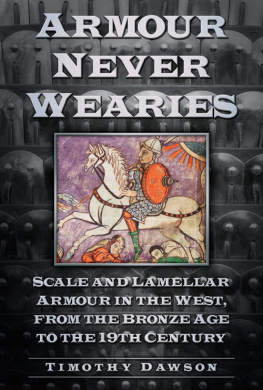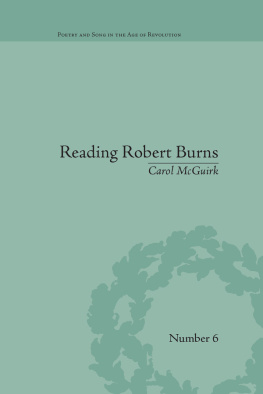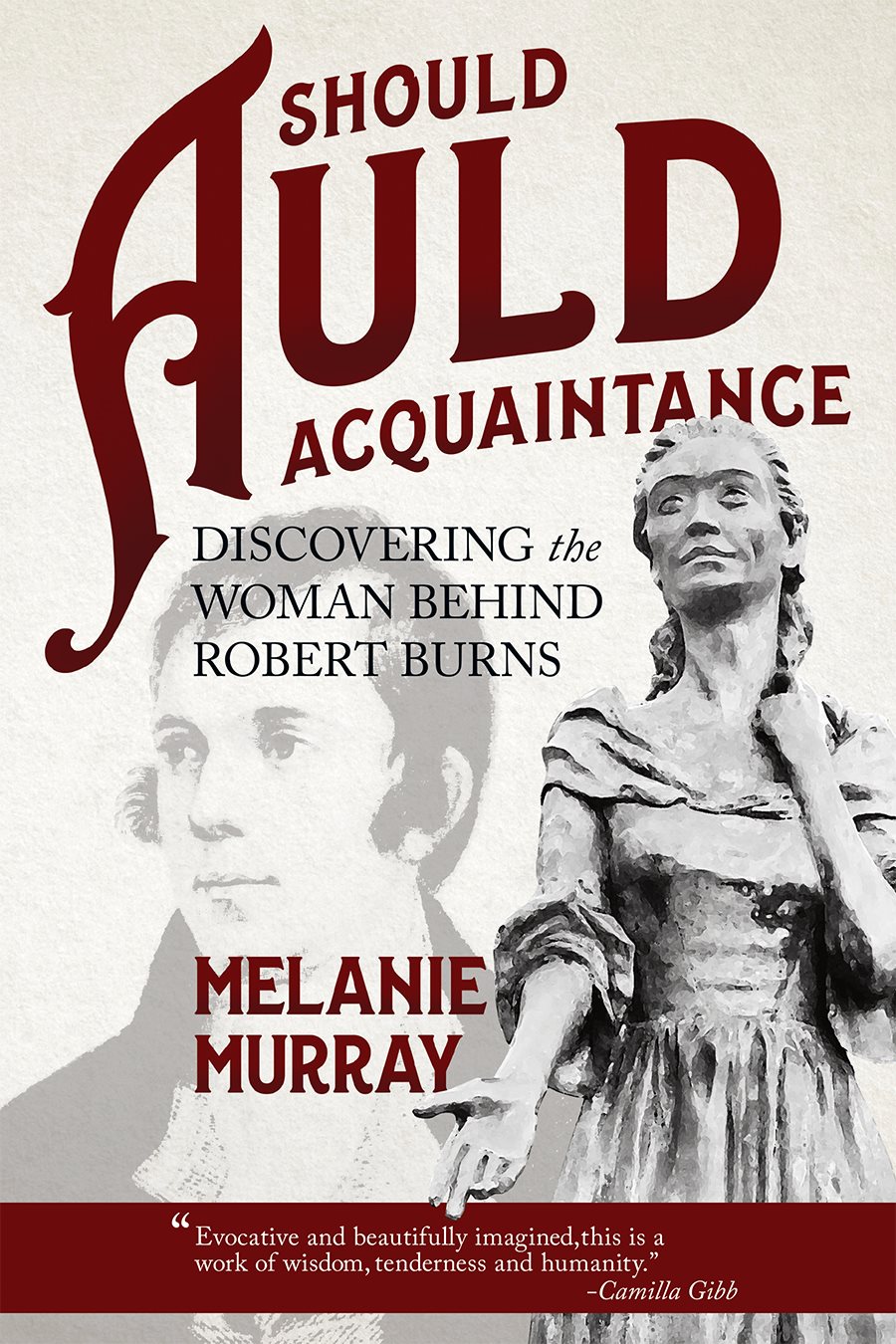2017
Copyright Melanie Murray, 2017
All rights reserved. No part of this publication may be reproduced, stored in a retrieval system or transmitted, in any form or by any means, without prior permission of the publisher or, in the case of photocopying or other reprographic copying, a licence from Access Copyright, the Canadian Copyright Licensing Agency, .
Nightwood Editions
P.O. Box 1779
Gibsons, BC V0N 1V0
Canada
www.nightwoodeditions.com
Cover design: TopShelf Creative
Typography: Carleton Wilson
Nightwood Editions acknowledges financial support from the Government of Canada through the Canada Book Fund and the Canada Council for the Arts, and from the Province of British Columbia through the British Columbia Arts Council and the Book Publishers Tax Credit.
This book has been produced on 100% post-consumer recycled, ancient-forest-free paper, processed chlorine-free and printed with vegetable-based dyes.
Printed and bound in Canada.
CIP data available from Library and Archives Canada.
ISBN 978-0-88971-328-4
for Damian and Gabriel
Biography meant a book about someones life. Only, for me, it was to become a kind of pursuit, a tracking of the physical trail of someones path through the past, a following of footsteps. You would never catch them; no, you would never quite catch them. But maybe, if you were lucky you might write about the pursuit of that fleeting figure in such a way as to bring it alive in the present.
Richard Holmes, Footsteps: Adventures of a Romantic Biographer
an act of redress on behalf of the millions and millions of women stuffed and crammed into graveyards who might well have never been born for all anyone knows about them.
Nuala OFaolain, The Story of Chicago May
Prologue
May 2010
The grave lay behind the parish church not far from the iron gateway to the street. A blue oval plaque identified it as Burns Four Children. A square of off-white granite, mottled with moss and lichen, bore the inscription:
In memory of the infant children of the poet Robert Burns and Jean Armour
Jean, born 3rd Sept 1786, died at the age of 14 months
Twin daughters, born 3rd March 1788, died a few days later
Elizabeth Riddell Burns, born 21st Nov 1792, died Sept 1795
Squatting on the grass, I gazed up to the second-storey window of the room in the red sandstone building my son and I had just visitedwhere Robert Burns and Jean Armour had lived for a short time after they married in 1788. It had a curtained box-bed covered in a grey-black patchwork quilt, a hooded cradle, and a couple of wooden armchairs. The narrow window looked out upon the graveyard. There were no other visitors, not even a curator about; it felt eerily quiet as I sat in the low armchair by the hearth, a cast-iron kettle hanging over the polished grate. I closed my eyes, felt suspended in time, as if the past was merging with the present. And for the first time, I thought about Jean Armour, born and raised here in Mauchline, a village in east Ayrshire where she met and married Robert Burns. I knew little about her. What would it have been like to be married to the philandering, dissolute, impoverished poet?
Our trip to Mauchline hadnt been planned. Id been touring the Scottish Highlands with my twenty-seven-year-old son for a couple of weeks, researching our Murray ancestry for a memoir I was writing about my nephew whod been killed three years earlier while serving with the Canadian military in Afghanistan. I wanted the book to create meaning out of his life and death, hoping it would help our family deal with his loss. With my research completed a couple of days before our flight home, we drove down to AyrshireBurns country. I wanted to see the cottage in Alloway where Scotlands most famous son was born in 1759.
That morning as we were leaving our B&B, carpeted throughout in red wool tartan, the proprietor suggested Mauchline as another Burns site of interest. It was a short drive, about ten miles from Alloway, so my son reluctantly indulged my desire to visit this one last place. Hed had enough of sightseeing. Alloway was crawling with tourists, and the authenticity of the experience was totally nullified with Burnss face plastered on street signs and on mugs, t-shirts, and napkins in the souvenir shops lining the main street.
But Mauchline was different. We had to search out the Burns House Museum on a narrow back street. Walking down the cobblestone close felt like stepping back through the centuries. The past still breathed in the red sandstone buildings and high stone walls, and in Jean and Roberts room with its plank floor and wood-beamed ceiling.
We viewed the rest of the museum with its display cases of Burns paraphernalia. One item caught my eye: a sepia-toned paper with the signature of Jean Armour near the ragged bottom edge. Though the ink was faded, her script was clear and even. I was pleased to discover this first important clue about her life: she may have been literate, not necessarily the norm for women in late eighteenth-century Scotland.
As we were about to exit the museum, a portly grey-haired man in a brown wool cardigan shuffled out of a small office. Have ye been to the kirkyard yet? he asked in a broad Ayrshire accent. Their bairns are buried in the corner there, just after you climb the stairs. Pointing out the door, he handed me a pamphlet, A Guide to Mauchline Kirkyard. A lot of Burnss friends are buried there too.
Kneeling at the two-century-old graveidentified in the guide as The Armour Burial GroundI shook my head, unable to fathom what Jean Armour would have suffered with these deaths. Having witnessed the maternal grief that had crushed my sister in the past three years, I couldnt imagine how a mother could survive the anguish of losing four of her children.
As we drove out of the village, many questions swirled in my head. Who was Jean Armour? What kind of life did she have with Robert Burns? What happened to her daughters? What became of her and their five young sons after Burns died in poverty at age thirty-seven?
Those questions, along with that small second-floor room and the grave of the four baby girls, preoccupied me. Jean Armour seemed like so many of the faceless wives of famous men, never acknowledged for their roles in their great mens achievements. And the central fact of her life, falling in love with a poet, resonated with me on a personal level. I wondered if this eighteenth-century womans experience might illuminate my own.


